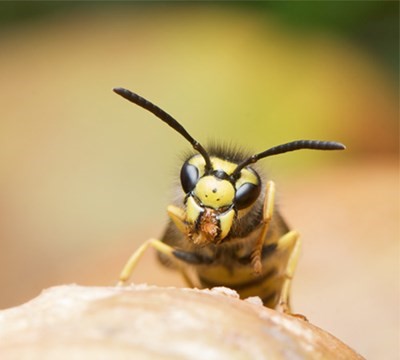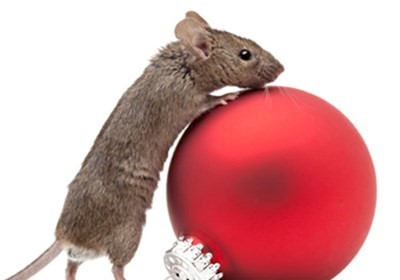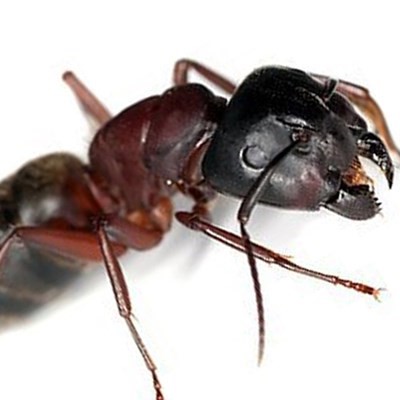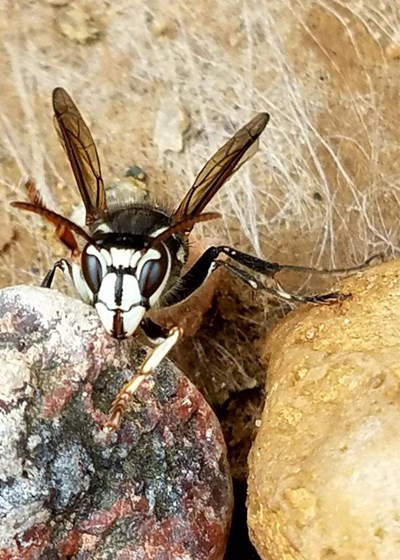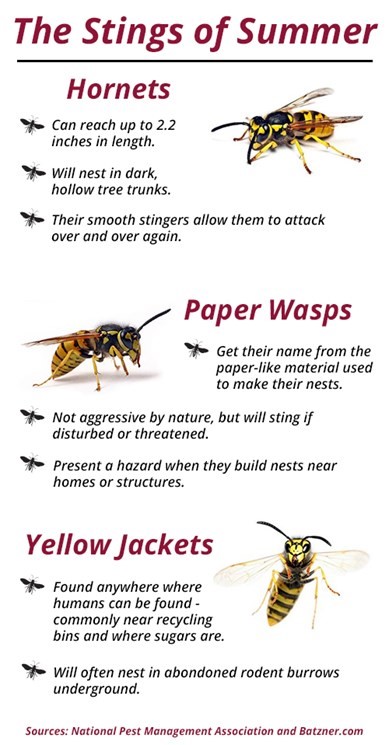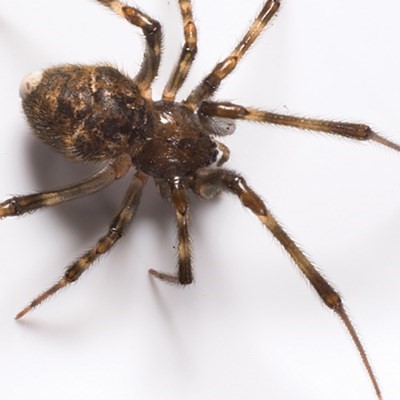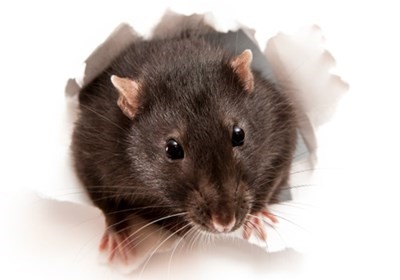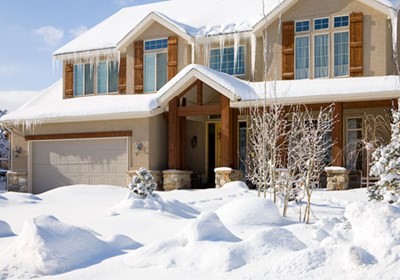House hunting is an exciting yet nerve-wracking endeavor. Among the numerous concerns like a leaky roof or faulty electricals, pest infestations might take time to come to mind. Yet, overlooking the signs of an infestation can lead to significant issues. Here’s a comprehensive guide to help identify potential pest problems when considering a new home.
What’s the Difference Between a Pest Infestation and a Couple of Bugs?
While spotting the occasional bug or pest is common, a full-blown infestation involves a larger, persistent presence of unwanted critters. It’s about the frequency, the extent of invasion, and the potential damage or health risks they pose. Here are the top ten signs that you’re dealing with an infestation:
- Unusual Indoor Activity: Keep an eye out for erratic movements of insects, especially around food sources or warm, moist areas.
- Traces of Excrement: Insect or rodent droppings, especially near entry points or common hiding spots like cabinets, often signal an infestation.
- Rodent Nests: Discovering nests made of shredded materials or finding gnaw marks on household items indicates a rodent problem.
- Foul Odors: A musty or foul smell, particularly in hidden areas, could indicate that pests like bed bugs or rodents are nearby.
- Property Damage: Many pest species cause damage to structures or personal belongings. Chewed wires, torn fabrics, or damaged furniture might suggest rodents’ activity.
- Unexplained Noises: While you may not notice the sounds of pests while inspecting a home, it’s worth listening for. Scratching or scurrying in walls or ceilings often indicates pests.
- Grease Marks and Rub Marks: Rodents and other pest species tend to leave grease or rub marks along their regular pathways.
- Visible Pests: Spotting mice, rats, bed bugs, or other pests during daylight hours could signify a significant infestation.
- Nesting Materials: Discovering shredded paper, fabric, or insulation in unusual places could mean that the property has a large population of rodents or other pests nearby.
- Gnaw Marks: Many pest species, including rats and mice, chew on items while nesting or burrowing. Look for chew marks on furniture, wires, or stored items.
Signs of an Outdoor Infestation
It’s normal to come across bugs in your yard or garden. But, there are some circumstances where outdoor pest activity is abnormal and could pose a greater risk to your home. Here’s what to look for when inspecting your landscape:
- Nearby Breeding Grounds: Assess neighboring areas for unkept spaces or stagnant water sources, and potential breeding grounds for pests like mosquitoes or rodents.
- Damaged Plants and Lawn Patches: Inspect plants for signs of insect trails or gnawing. Uneven grass lengths or circular brown patches can hint at lawn pest infestations or mole activity.
- Mole Holes and Ant Hills: Mole activity might present as raised ridges across the lawn accompanied by dirt piles resembling mini volcanoes. Look for ant hills along fence lines or in pavement cracks.
What to Do If Your Home Has Pests
When inspecting your property for these signs, focus not only on the obvious but also on less frequented areas like ceiling corners, under furniture, and within cupboards or pantries. Professional pest control technicians at Batzner Pest Control can thoroughly inspect and treat your home to prevent or address any pest problems.


